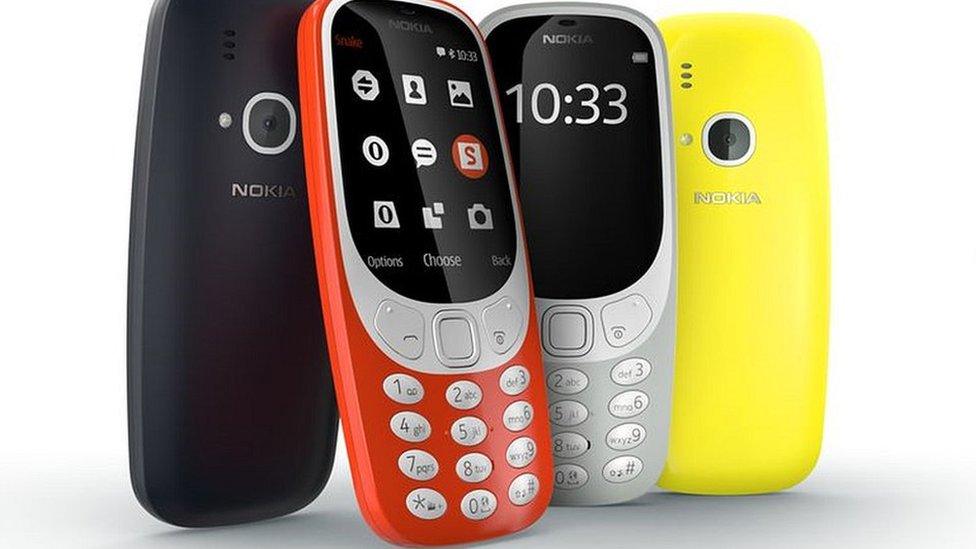Nokia reveals 'unbendable' 8 Sirocco and Matrix 8110
- Published
WATCH: New Nokia's include an 'unbendable' flagship and a retro slider
An Android smartphone billed as being almost impossible to bend by hand has been added to Nokia's line-up, alongside a simpler slider model that plays on nostalgia for the 1990s.
The flagship Nokia 8 Sirocco features a steel frame and lays claim to being one of the toughest models on the market.
Meanwhile, the 8110 revives the design and name of a handset, external that famously featured in the Matrix movie.
Analysts say they should both build on one of last year's big success stories.
Although the devices feature Nokia's name, they are in fact made by the Finnish start-up HMD Global.
The company made a splash at 2017's Mobile World Congress when it unveiled the retro 3310 feature phone alongside more powerful models, and it appears that it has tried to repeat the trick at this year's event in Barcelona this weekend.
"Last year was about relaunching Nokia's smartphone business," commented Ian Fogg from the IHS Technology consultancy.
"HMD only began shipping internationally in the last seven months of 2017, and yet over that period it delivered more than 8 million smartphones.
"That means in volume terms it's already ahead of HTC, ahead of Sony, and ahead of Lenovo - all brands that have not had a period of absence from the market."
HMD said at its press conference that it had sold 70 million phones of all types across 2017 as a whole.
Steel body
The Sirocco runs a "pure" version of Android Oreo. By contrast, most rivals tend to have their own "skinned" proprietary user interfaces, which is often a source of criticism.
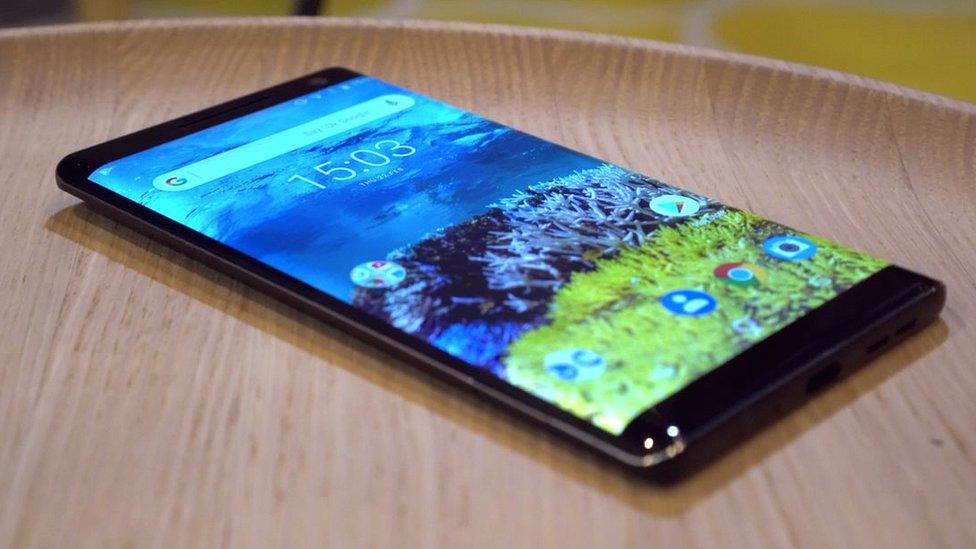
Nokia's new high-end phone has a curved screen encased in a stainless steel frame
However, the new phone does reintroduce the Pro Camera mode Nokia used to offer to users, who wanted full manual control when taking photos.
The decision to feature a steel frame follows a similar choice by Apple for its iPhone X, but does so for a significantly lower price. The Sirocco will cost cost 749 euros ($921; £659) when released in April.
"History has shown that an awful lot of people like to carry their phone in their back pockets, which has often led to them getting out of shape," noted Ben Wood from the CCS Insight consultancy.
"So, this is a smart initiative to help their product stand out from the crowd."
A choice to use Qualcomm's 835 processor rather than the newer, more powerful 845 might deter some consumers.
Although both are capable of running current games and other apps, the latter promises a higher degree of future-proofing and has allowed some adoptees to introduce new features of their own.
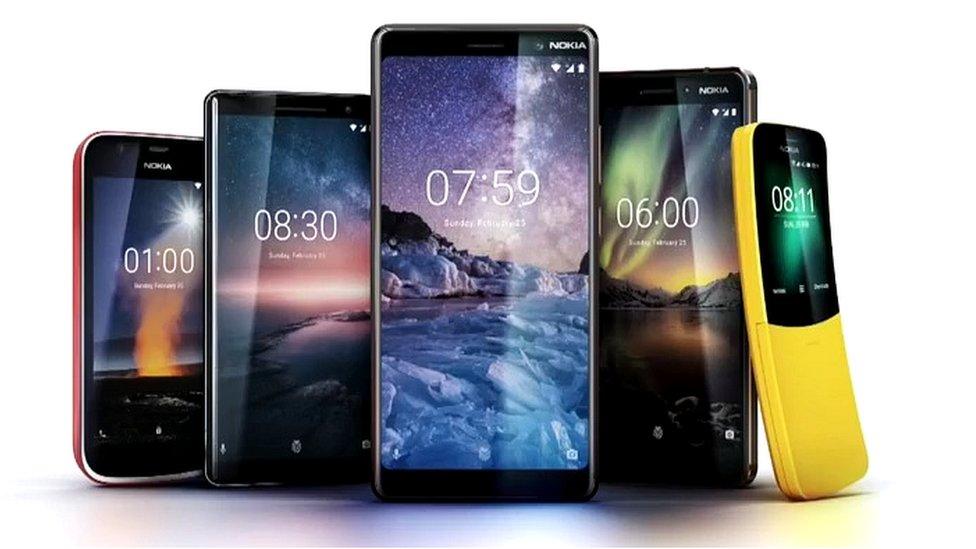
The full range of new Nokia phones - including the Nokia 1, Nokia 6 and Nokia 7+
It means that Nokia's marketing is more likely to focus on the device's industrial design rather than its capabilities.
"HMD wants to show it is able to differentiate its flagship from other Android handsets and prove it can make high-end phones - not just 'affordable' ones," commented Carolina Milanesi from the Creative Strategies consultancy.
"It's not just about using a retro brand."
Banana phone
HMD also unveiled three other Android handsets, but they are likely to be overshadowed by the 8110.
It is a feature phone, meaning it only runs a small number of apps on its Kai operating system.
These include Google Assistant, Google Maps and Facebook but not Twitter, Snapchat or WhatsApp.
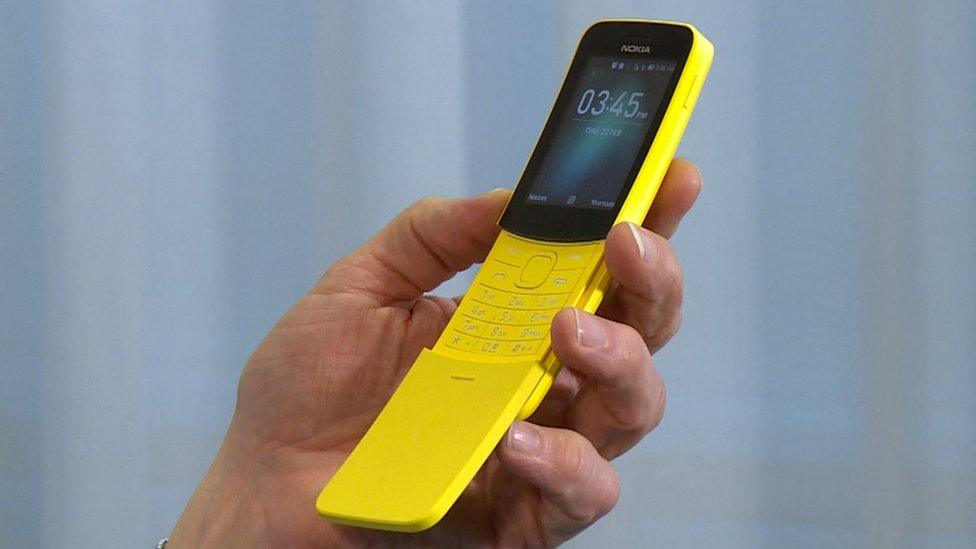
Nokia hopes to tap into mobile phone nostalgia with its new feature phone
The 8110 has a curved design - which led to the original being nicknamed the banana phone - and a keypad cover that slides down.
But unlike the version that featured in sci-fi movie The Matrix, the cover does not move on its own but must be moved by hand.
The firm told the BBC that this was a deliberate decision to be true to the original design. But one expert said it might have more to do with being able to achieve a 79 euros ($97; £69) price tag.
"You could argue they missed a trick by not having it spring-loaded," commented Ben Wood from the CCS Insight consultancy.
"But the reality is that if you've got to build a phone for a certain price point, that level of mechanical complexity would have made it too expensive.
"People love a bit of nostalgia, and the important thing is that it's 4G. That should mean it's more widely adopted by network operators than last year's 3310, which was originally only 2G."
- Published24 February 2018
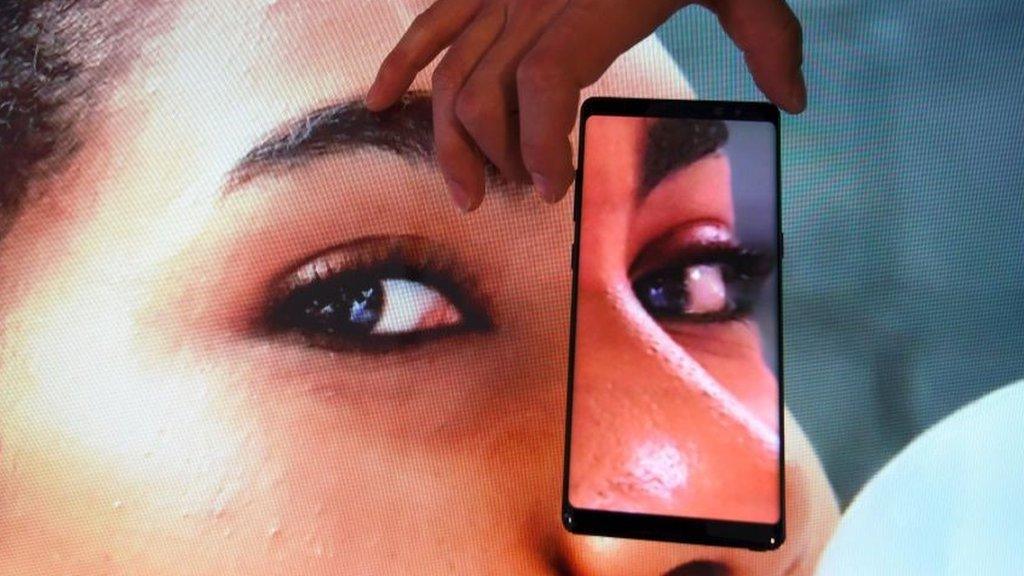
- Published24 February 2018
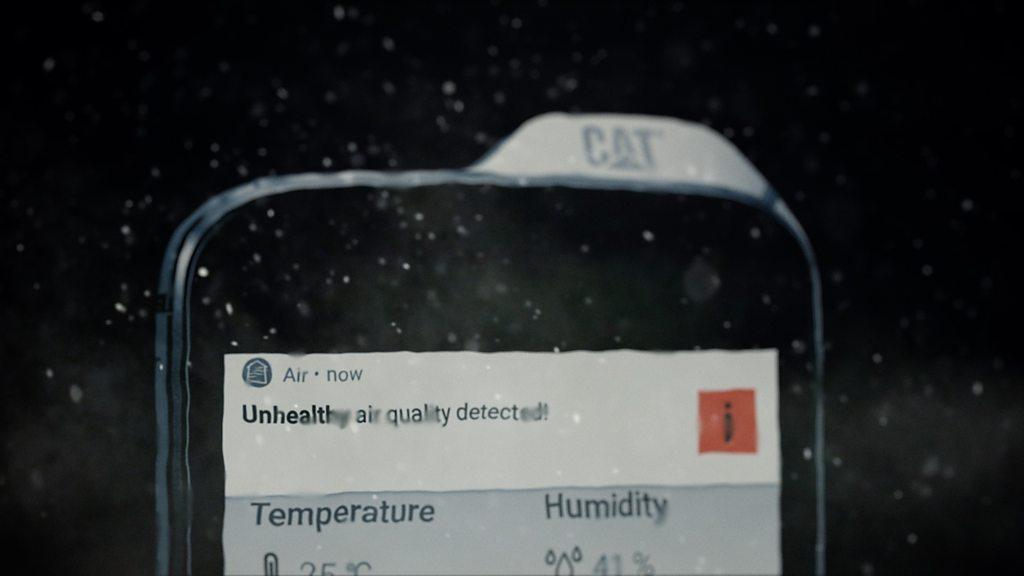
- Published26 February 2017
